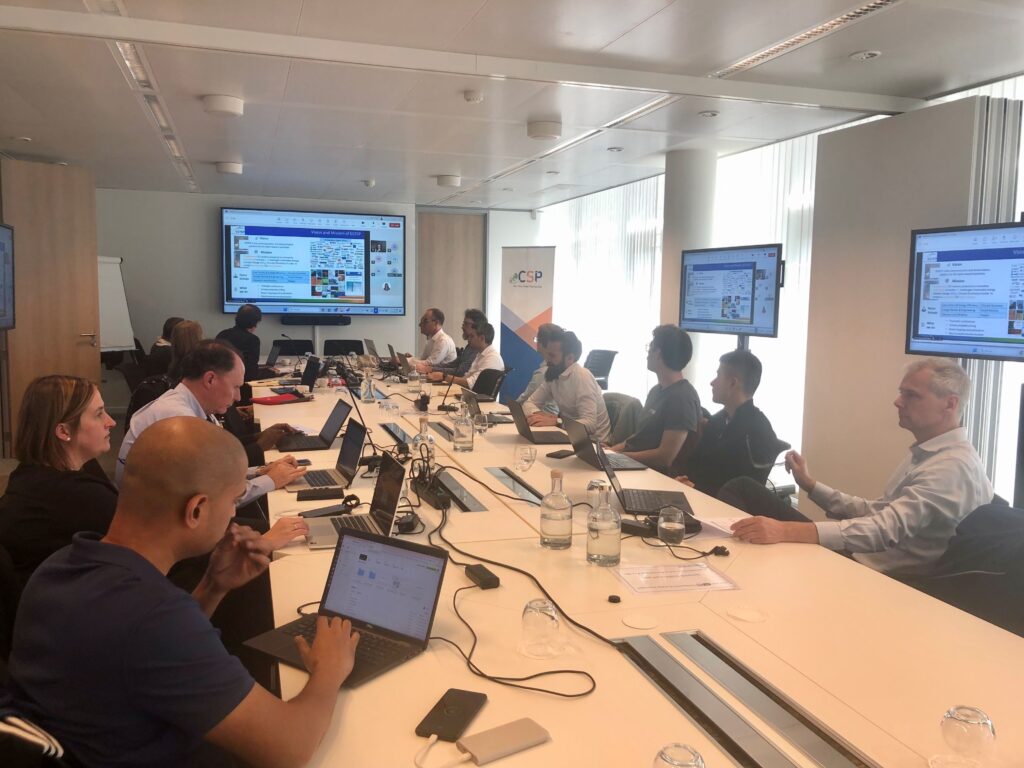ESTEP’s offices in Brussels were the venue for the 6th Twinghy GA organised by the Celsa Group in its role as project coordinator and member of the ESTEP platform.
The partners’ meeting began with a presentation by Klaus Peters, President of ESTEP, which was created in 2004 with the vision of being the platform for communication and dissemination of research activities in the European steel sector. The organisation is also part of the Clean Steel Partnership board, acting as stakeholder in the European steel sector.
We also had the participation of Andreas Jenet, Project Officer of the European Research Executive Agency (REA) in the Twinghy project. He was able to meet the project partners in person and also shared information about the Research Funds Coal and Steel (RFCS) and an overview of the European projects funded in recent years with those present. His speech at the GA ended with a special mention of the importance of communication and dissemination actions within the projects.

Following these exceptional contributions, the partners moved on to the more technical part of the GA, in which they shared the progress and achievements of the project over the last six months. The most relevant achievement is that during the maintenance shutdown last August, new hybrid burners suitable for natural gas and hydrogen were installed. The General Assembly also served to confirm the availability of hydrogen, provided by Nippon Gases, which will enable testing to be carried out in 2026. Thanks to this information, it has been possible to specify the duration of the tests, the different mixture percentages and the combination of burners to be used. These tests will provide key data to advance the development of the project.
After two days of face-to-face meetings, the GA highlighted the importance of in-person meetings, which facilitate the direct exchange of ideas, the creation of synergies and the consolidation of team spirit. This will help the Twinghy project to progress according to schedule towards its goal of validating green hydrogen as a lever for decarbonisation in the steel sector.
